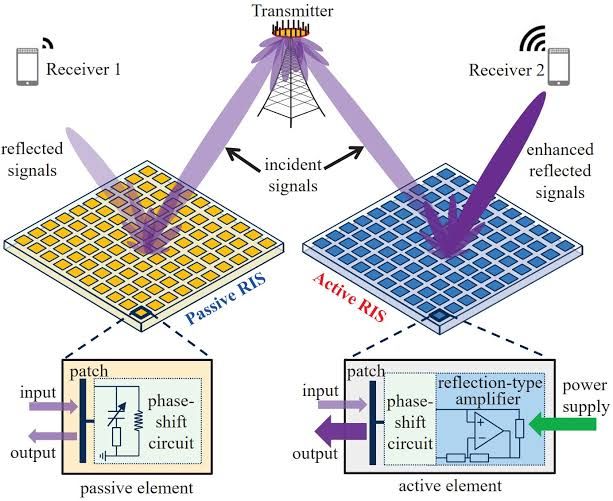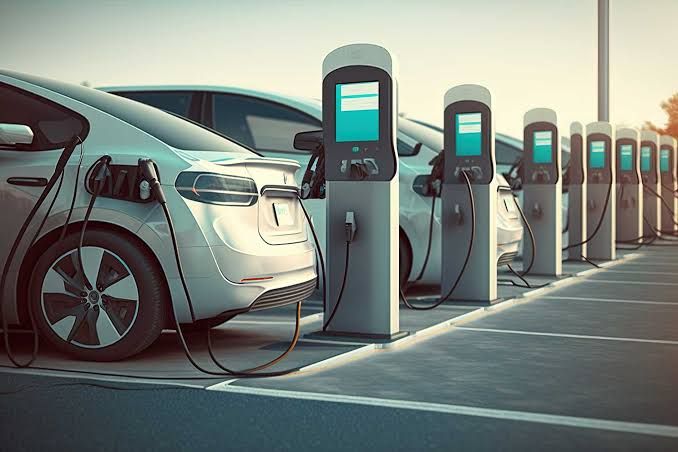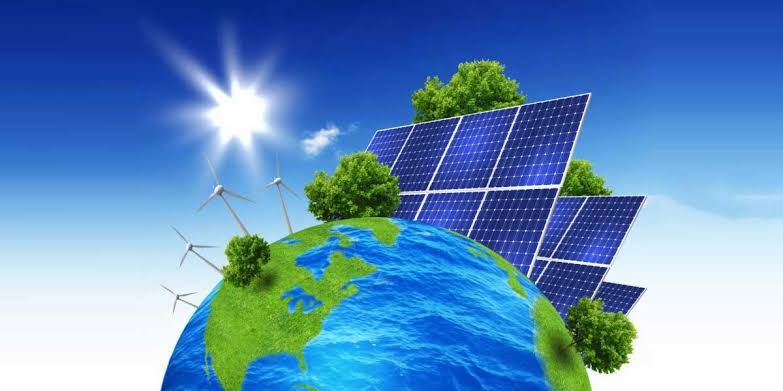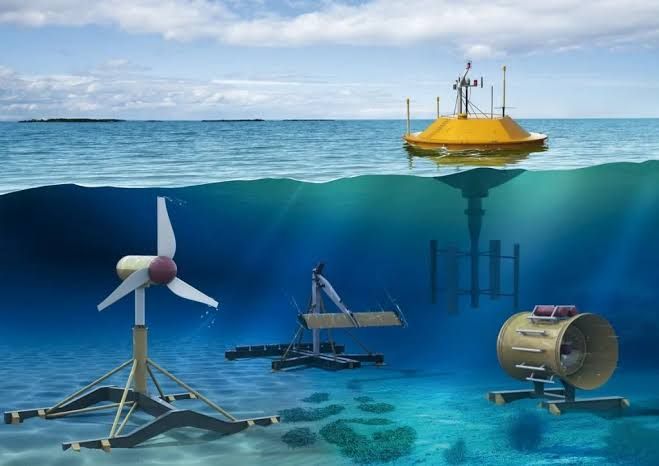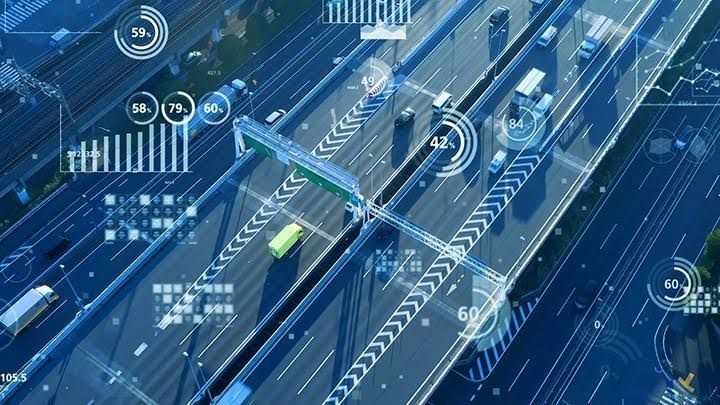
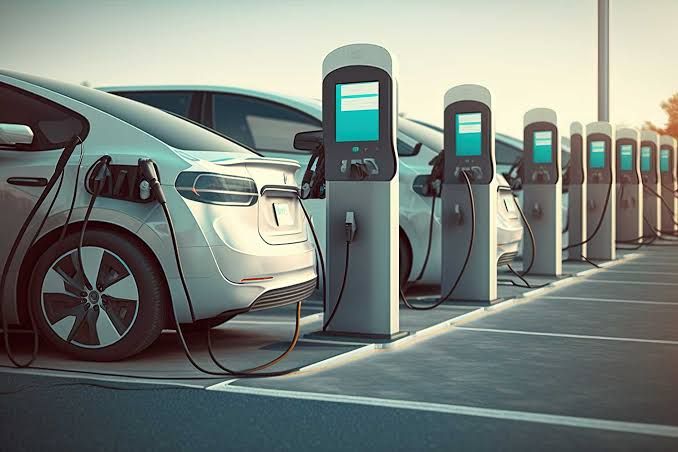

Modern emerging technologies have the ability to completely change sectors, reach notable mass, and alter the financial environment. Our fast-paced age is full of revolutionary ideas for games. Just the tip of the iceberg are technologies including artificial intelligence (AI), computers running quantum physics, and robots endowed with human-like capabilities. Business executives also have to know which new technologies and tech trends will be most influential as we enter this new world and will define our future.
The search of more sustainable energy, decarbonisation and the elimination of harmful emissions clearly depends on technology, which has also been and always will be very important. Whether it is the development in solar technology or the possibility of small modular nuclear reactors promising clean and efficient energy, innovation in technology is driving significant change across the spectrum of the sector and has been essential in reshining the energy landscape regarding production and consumption.
List Of Top 10 Emerging Technologies In The World 2024
1. AI For Scientific Discovery
While artificial intelligence (AI) has been applied in research for many years, breakthroughs in deep learning, generative AI and foundation models are transforming the scientific discovery process. Proposing novel materials, improving knowledge of the human body and mind, and allowing researchers to make hitherto unheard-of links and comprehension of diseases will all be made possible by artificial intelligence.
2. Privacy-Enhancing Technologies
“Synthetic data” is poised to change information management as data becomes ever more important for business and research. Designed artificially using algorithms, it can replicate real-world data. by safeguarding personal privacy and thereby creating new chances for worldwide data sharing and cooperation. In domains including sensitive data-requiring medical research, it can propel notable advances.
3. Reconfigurable Intelligent Surfaces
These clever surfaces improve energy efficiency in wireless networks and transform regular walls and surfaces into intelligent components for wireless communication. From smart factories to vehicle networks, they offer promise for many uses.
4. Renewable Energy Storage
Among the most important and practical means of effectively and consistently integrating renewable energy sources into the grid are developments in energy storage technologies like grid-scale batteries, flow batteries, and hydrogen storage. Because it can effectively store extra energy produced during peak production periods—like sunny or windy days—and release during times of great demand or low renewable energy generation, renewable energy storage has the ability to also address intermittency issues. These technologies guarantee a more consistent and reliable energy source. Consequently, grid stability is improved, dependency on fossil fuels is lowered, and more renewable energy sources are included into the energy mix thanks to which.
5. Advanced Nuclear Reactors
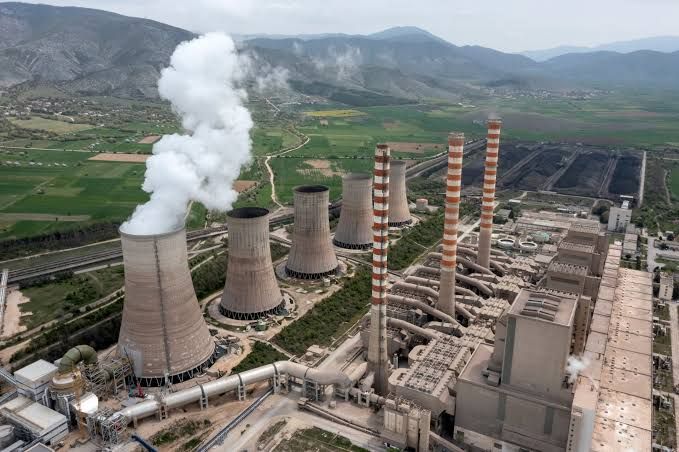

The simpler designs of more modern nuclear reactors now under construction help to lower capital costs and guarantee higher fuel efficiency and increased safety. They are also intrinsically safer. Small modular reactors (SMRs) and enhanced fission designs among next-generation nuclear reactors help to produce more proliferation-resistant nuclear energy. Apart from this, they may generate plenty of carbon-free energy consistently, therefore helping to reduce the effects of climate change and contribute to a more sustainable energy future.
6. Carbon Capture, Utilisation And Storage (CCUS)
By pipeline, ship, rail or truck, CCUS compresses and transports CO2, from major point sources like power generation or industrial facilities using either biomass or fossil fuels, to be used or injected into deep geological formations including depleted oil and gas reservoirs. The IEA claims that among others like membranes and looping cycles, chemical absorption and physical separation are the most advanced and commonly used capture technologies in this field. CCUS technologies provide decarbonisation and paths toward net-zero emissions targets.
7. EV Infrastructure
With fast-charging stations, wireless charging technologies and vehicle-to- grid (V2G) integration emerging to enable broad adoption and grid stability, the development of strong charging infrastructure has exploded. Time-of- usage (TOU) tariffs are thus increasingly common as EV owners seek to lower the cost of their electricity by charging their cars during off-peak hours. This method advances more effective grid energy consumption. “The move to electric mobility not only reduces greenhouse gas emissions but will have a beneficial effect on urban air quality, a pressing problem in many parts of the world,” University of Birmingham Professor and lawyer Robert Lee stated.
8. Energy-efficient Buildings
Energy-efficient buildings guarantee reliance on conventional energy sources like fossil fuels by including developing technology like smart sensors, IoT devices and better insulation to limit energy use. It also helps efforts toward general sustainability and helps to reduce carbon emissions. Because of their extended lifetime, heating and cooling systems, as well as other inside appliances, the International Energy Agency (IEA) argues buildings are crucial for clean energy transitions. Furthermore, design and purchase choices are taken as part of their building from future energy use.
9. Tidal And Wave Energy
Wave power is far more predictable than wind power by definition since the movement of waves and tidal flows generates electricity. It rises in colder months when normal demand for electricity is higher. Thanks to developments in tidal and wave energy technologies, one may use ocean currents and waves to produce electricity. This has materialized as the creation of wave energy converters, floating platforms, and tidal turbines—which allow consistent and predictable output of renewable energy.
10. Integrated Sensing And Communication
SixG networks provide simultaneous data collecting (sensing) and transmission (communication), therefore facilitating integrated sensing and communication. This makes environmental monitoring systems supporting urban planning, environmental preservation, and smart agriculture possible. Furthermore promising to cut silicon and energy consumption are integrated sensing and communication tools.


